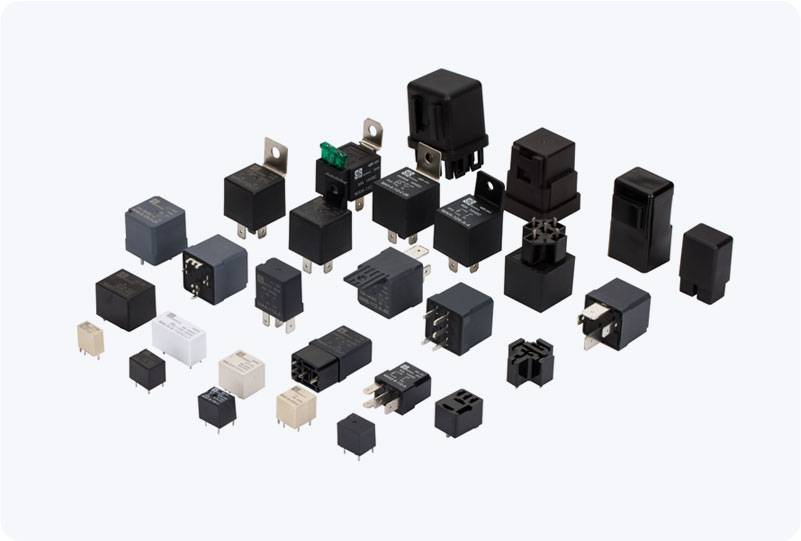understanding the 220vac power relay: essential for high voltage control
Release time:2025-08-23 03:19:41
A 220VAC power relay is a key component in electrical and automation systems, providing a safe and efficient means to control high-voltage circuits using low-voltage signals. These relays are integral in various applications, from household appliances to industrial control systems, ensuring that high-powered equipment can be operated safely and reliably. In this article, we will explore the basic operation, uses, key specifications, and important considerations when selecting a 220VAC power relay.

What is a 220VAC Power Relay?
A 220VAC power relay is an electrically operated switch that allows a low-voltage control circuit (such as 12V DC or 24V DC) to control a higher-voltage AC circuit, such as the 220V AC typically used in household appliances and industrial equipment. The relay consists of a coil, an armature, and one or more contacts. When current flows through the coil, it generates a magnetic field that attracts or repels the armature, causing the contacts to open or close, thereby controlling the flow of electricity in the high-voltage circuit.
The relay serves as a protective and functional element by isolating the control circuit from the high-voltage load, ensuring that operators and systems are protected from electrical hazards.

